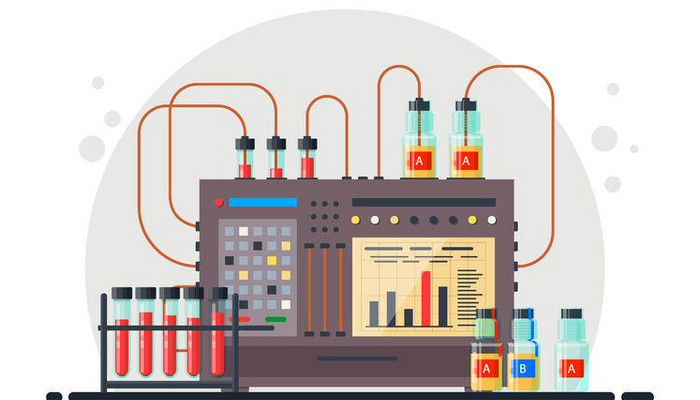Analytische Herausforderungen - Publikation 2018

Neue Publikation zu Analytischen Herausforderungen in der Dopinganalytik
Thevis M, Krug O, Geyer H, Walpurgis K, Baume N, Thomas A.
Analytical challenges in sports drug testing.
Anal. Bioanal. Chem. 2018; 410: 2275 2281.
Abstract
Analytical chemistry represents a central aspect of doping controls. Routine sports drug testing approaches are primarily designed to address the question whether a prohibited substance is present in a doping control sample and whether prohibited methods (for example, blood transfusion or sample manipulation) have been conducted by an athlete. As some athletes have availed themselves of the substantial breadth of research and development in the pharmaceutical arena, proactive and preventive measures are required such as the early implementation of new drug candidates and corresponding metabolites into routine doping control assays, even though these drug candidates are to date not approved for human use. Beyond this, analytical data are also cornerstones of investigations into atypical or adverse analytical findings, where the overall picture provides ample reason for follow-up studies. Such studies have been of most diverse nature, and tailored approaches have been required to probe hypotheses and scenarios reported by the involved parties concerning the plausibility and consistency of statements and (analytical) facts. In order to outline the variety of challenges that doping control laboratories are facing besides providing optimal detection capabilities and analytical comprehensiveness, selected case vignettes involving the follow-up of unconventional adverse analytical findings, urine sample manipulation, drug/food contamination issues, and unexpected biotransformation reactions are thematized.
----------------------------------------------------------------------------------------------------------------
Die Publikation präsentiert Daten zu neuen Dopingwirkstoffen:
u.a. Statistiken von 2010 bis 2016 der weltweiten Dopingkontrollen mit positiven Befunden zu
- SARMs (Selektive Androgenrezeptor-Modulatoren) wie Ostarine (Enobosarm, S-22), RAD140
und LGD-4033, s.a.SARMs - GW1516 s.a.GW1516 und
- Probenmanipulationen
sowie Informationen zu HIF Stabilisatoren wie Roxadustat, Molidustat, Vadadustat und Daprodustat.
Die Problematik von Clenbuterol in der Tiermast, die Bildung einer Dopingsubstsanz wie Chlorazanil aus einem erlaubten Malariamittel sowie das Auffinden eines verbotenen Diuretikums Hydrochlorothiazid als Verunrreinigung in einem Schmerzmittel werden thematisiert.